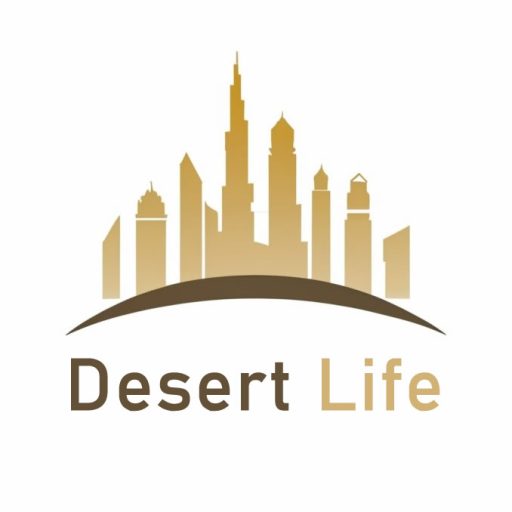Zone 1: "Includes the summits and rift zones of Kīlauea and Mauna Loa (left) where vents have been repeatedly active in historic time." These areas are the most dangerous because all, or nearly all, erupted lava first emerges from the ground within Zone 1.
Can you buy lava insurance?
Is there "volcano insurance" I can buy? There's no such thing as volcano insurance, even in states that have active volcanoes. Instead, you should look for a homeowners policy that covers volcanic eruptions.
What is lava zone rating?
The zones, ranked from 1 through 9, represent a scale of decreasing hazard as the numbers increase, based on the probability of coverage by lava flows.
Can you get financing in lava zone 2?
Hawaiian Lava ZonesFannie Mae will only purchase or securitize mortgage loans secured by properties that are located within lava zones 3 through 9 on the island of Hawaii. Properties in lava zones 1 and 2 are not eligible due to the increased risk of property destruction from lava flows within these areas.
Is all Leilani Estates in lava zone 1?
Nearby, the popular subdivision of Leilani Estates falls entirely within the mile-wide span of the East Rift Zone, designated Lava Zone 1.
Is lava zone 3 safe?
Zone 3 includes areas gradationally less hazardous than zone 2 because of greater distance from recently active vents or because the topography makes it less likely that flows will cover these areas.
Does homeowners insurance cover lava damage?
Most home, renters and business insurance policies provide coverage for property loss caused by volcanic eruption when it is the result of a volcanic blast, airborne shockwaves, ash, dust or lava flow. Fire or explosion resulting from volcanic eruption also is covered.
Can Hawaiians get volcano insurance?
There are some policies that have specific endorsements for property damaged by lava flow or volcanic eruptions. Typically, if it's not excluded in your policy, then it is going to be covered.” Many people will be covered and will receive compensation for their losses, but that's not the whole story.
Can you get lava insurance zone 1?
What is the lava zone 1 and 2 in Hawaii?
Zone 1 – Includes summits and rift zones of Kilauea and Mauna Loa volcanoes, where vents have been repeatedly active in historical time. Zone 2 – Areas adjacent to and downslope of zone 1. 15-25% of zone 2 has been covered by lava since 1800, and 25-75% has been covered within the past 750 years.
Is Pahoa in lava zone 1?
The town of Pāhoa is within Lava Zone 2, a low-laying area at high risk for lava flows due to its close proximity to the East Rift Zone of Kīlauea volcano.
What lava zone is Leilani Estates?
lava flow hazard zone 1According to the United States Census Bureau, the CDP has a total area of 4.03 square miles (10.45 km2), all of it land. Leilani Estates is located directly on a stretch of the lower East Rift Zone of Kīlauea volcano, in lava flow hazard zone 1.
How much is lava insurance?
For comparison, a homeowners policy for lava zone 3 or higher is about $1,400.00 per year and you will have numerous choices for coverage. If you purchase a home in lava zone 1 or 2 and get a mortgage, the cost of insurance is a big factor in the loan qualification.
What are four things not covered by homeowners insurance?
Standard homeowners insurance policies typically do not include coverage for valuable jewelry, artwork, other collectibles, identity theft protection, or damage caused by an earthquake or a flood.
Does homeowners insurance cover lava flow in Hawaii?
Homeowners insurance is available for all lava zones on Hawaii Island, but the cost varies by the lava zone.
Do people in Hawaii need volcano insurance?
There are some policies that have specific endorsements for property damaged by lava flow or volcanic eruptions. Typically, if it's not excluded in your policy, then it is going to be covered.” Many people will be covered and will receive compensation for their losses, but that's not the whole story.
Is Lava Zone 3 safe?
Zone 3 includes areas gradationally less hazardous than zone 2 because of greater distance from recently active vents or because the topography makes it less likely that flows will cover these areas.
